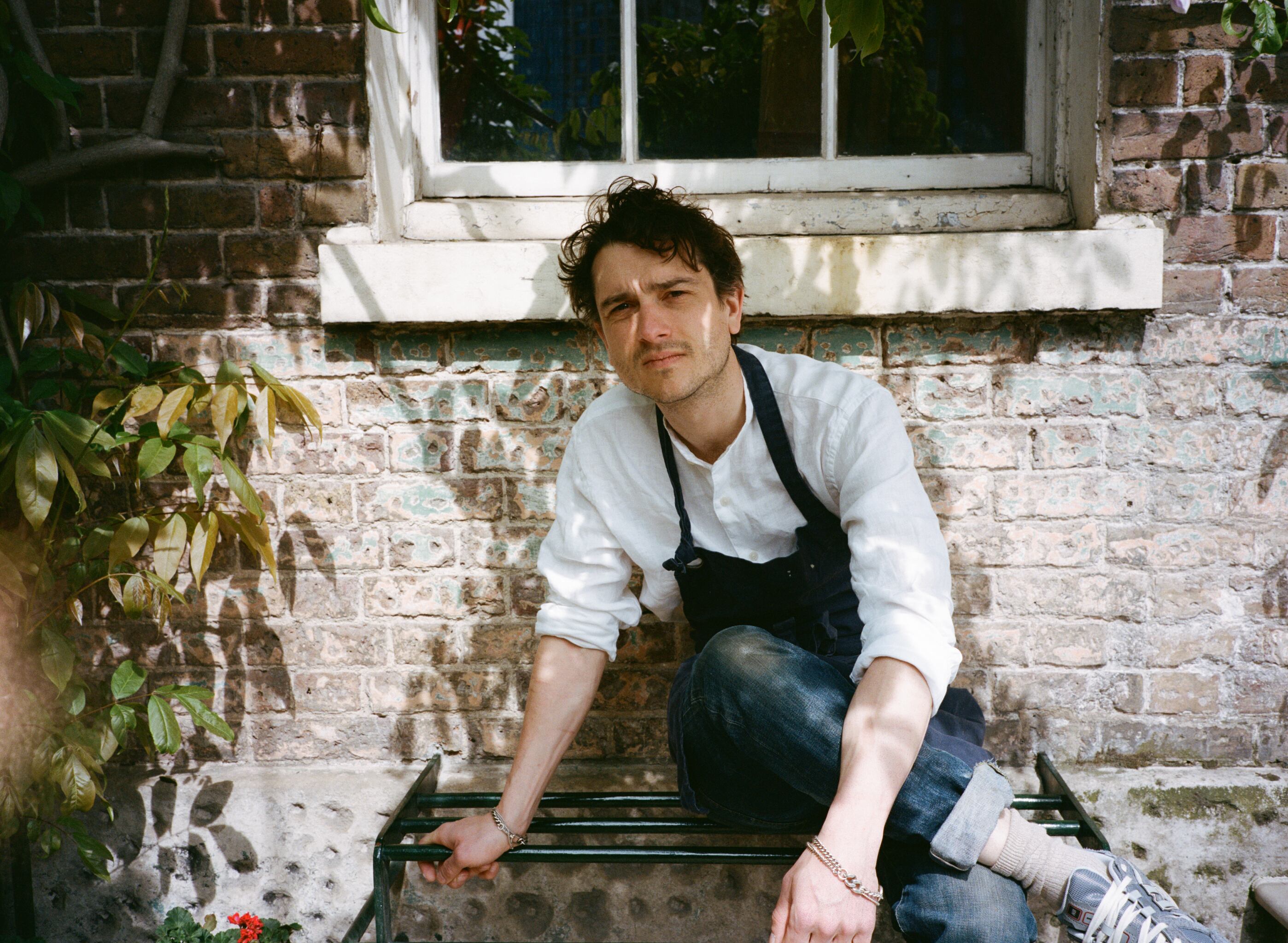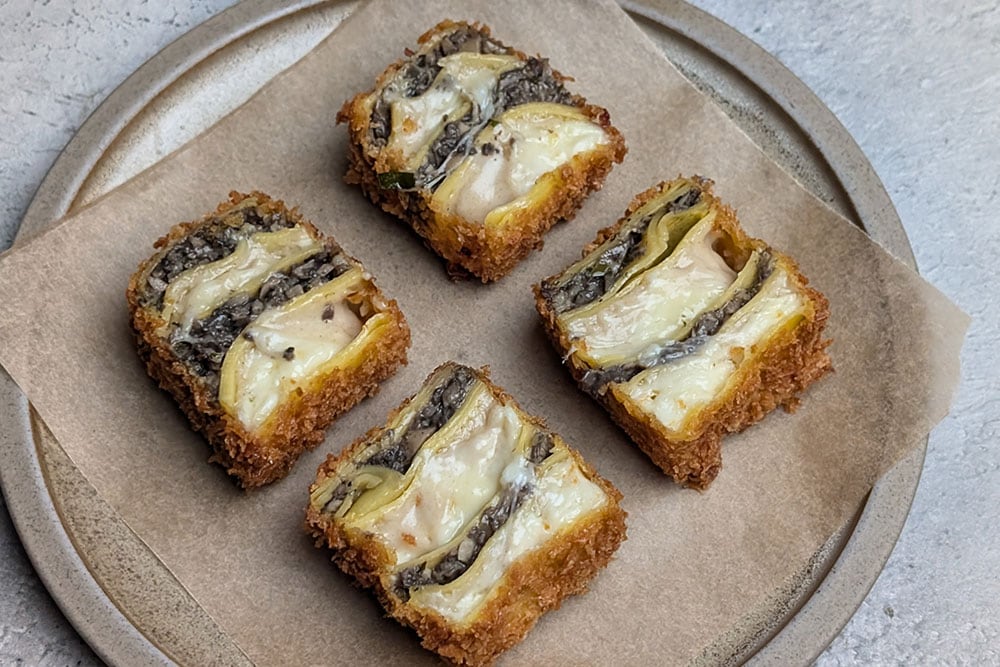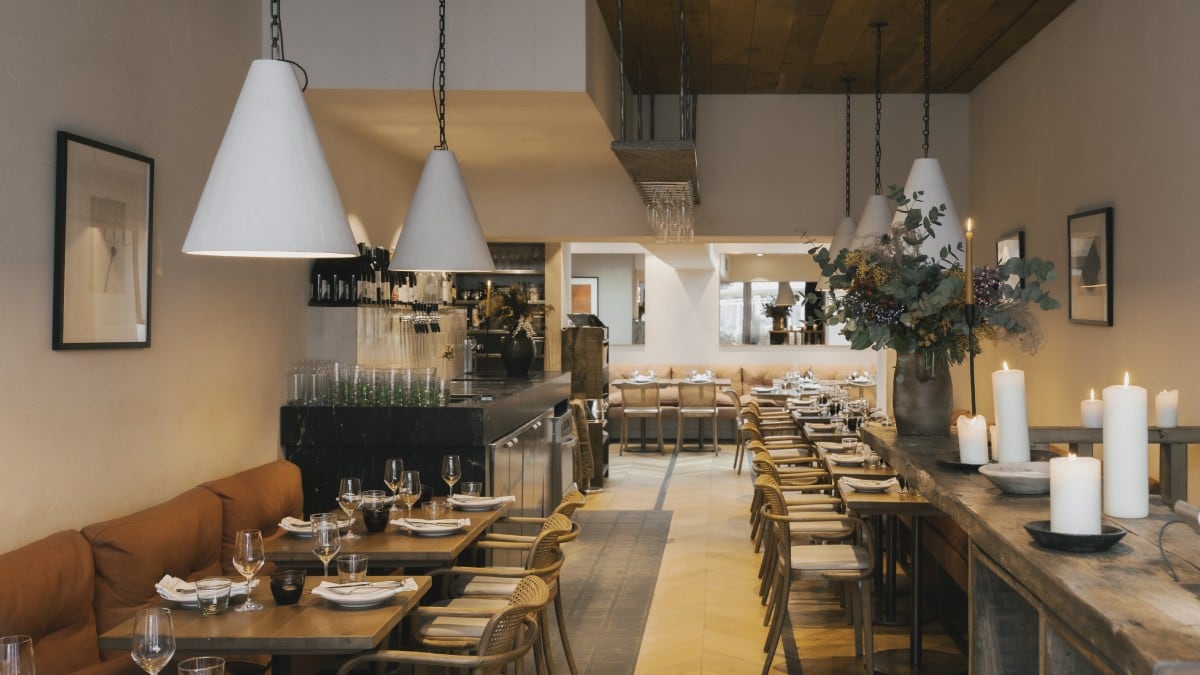Just a week separated Jackson Boxer closing his West London restaurant Orasay on Kensington Park Road in Notting Hill and relaunching it as Dove, a neighbourhood-style dining room that’s positioned as ‘serving elevated comfort food with seasonal British ingredients’. As Boxer puts it, the menu, which includes snacks of deep fried taleggio and Wiltshire truffle lasagna and a sharing plate of herb-fed roast chicken with Tokyo turnips and Café De Paris butter, is reflective of the food he ‘wants to cook and eat right now’.
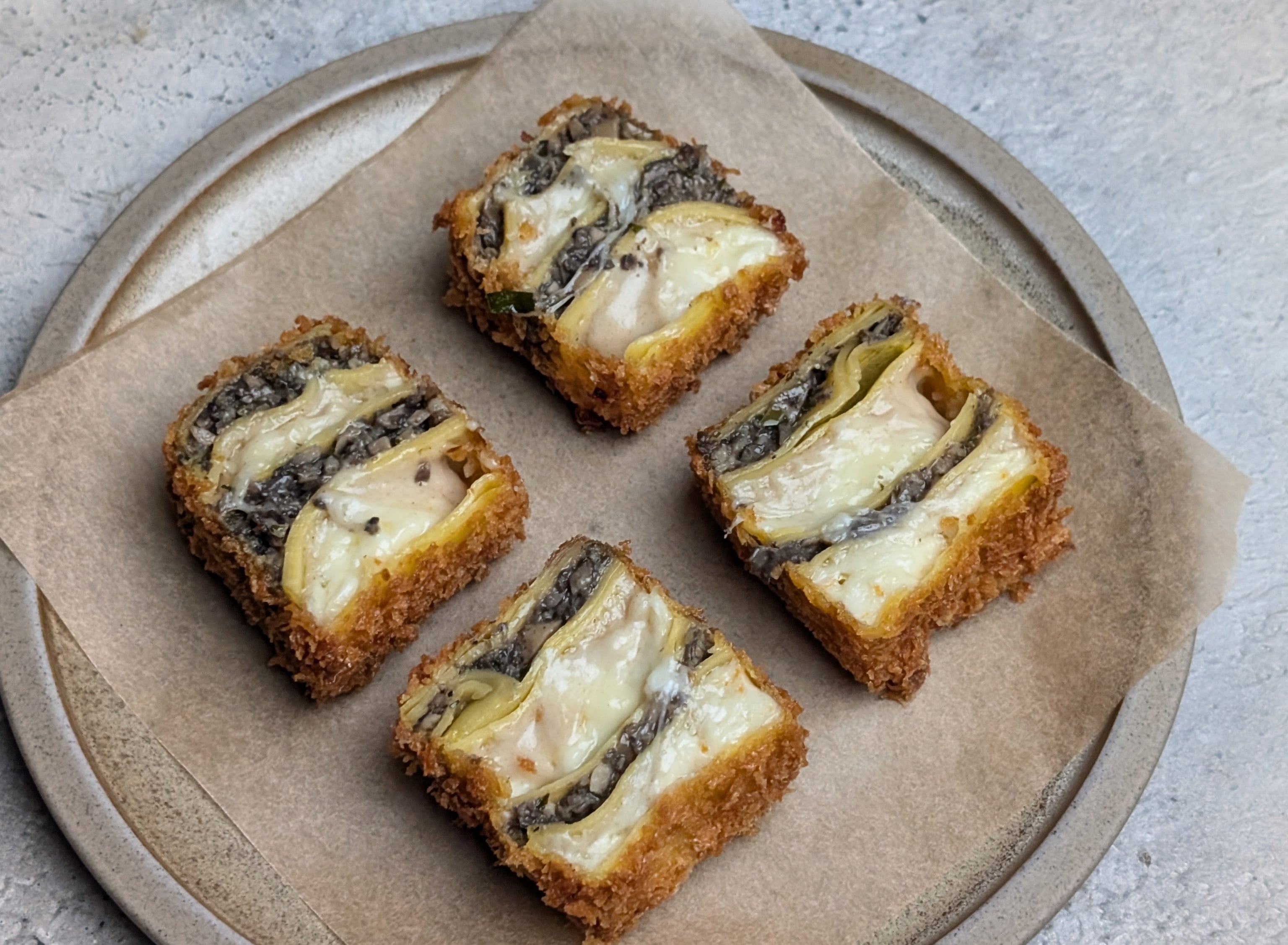
Boxer announced late last year that he would be closing Orasay. Named after an uninhabited Hebridean island, Orasay opened in 2019 and was listed in the Michelin Guide and has previously featured on the National Restaurant Awards Top 100 list but, according to Boxer, its focus on fish and seafood meant it had ‘never been a very lucrative business’. Indeed, while the turnaround between Orasay and Dove was swift, it was a decision Boxer says he’d been mulling for several months. Crucially, he believes the changes he’s made will allow the restaurant to thrive in what he describes as a very different trading environment, one where the impact of rising costs is severely denting both the confidence of operators and consumers.
You’ve described Dove as ‘re-inventing the restaurant for today’s economy’. What do you mean by this?
10 years ago, restaurants were a vehicle for discovery. People didn’t just want something delicious; they wanted to be shown something new. And that knowledge had value. Now, though, with costs having risen two times, maybe even three times over, the risk people ascribe to the dining experience is much higher, and this idea has become a lot less powerful. What’s more compelling to diners is the idea of restaurants providing comfort through familiarity.
Where did you draw inspiration from when developing Dove?
It’s slightly inspired by a trip to New York back in November. One of the things that really impressed me is [New Yorkers’] ability to make people happy through food without feeling somehow debased by that process. Even the edgier niche restaurants in New York have a cheeseburger or a variation of a Caesar salad on the menu. These are incredibly easy dishes that in London we’re loath to put on because we feel that they are somehow beneath us. I probably felt like that for a long time but seeing so many of these very impressive and well-run restaurants having no qualms about putting straight-forwardly delicious but obvious dishes on the menu, I thought if they can make it look good then so can we. That trip came at a perfect time as I was trying to come up with a menu for Dove that would encourage people in this very challenging, demoralising and pessimistic national mindset to rediscover the pleasure of going out for going out’s sake. Why are we making it so hard for ourselves? Let’s think less about pursuing a creative agenda and more about giving people food that makes them happy.
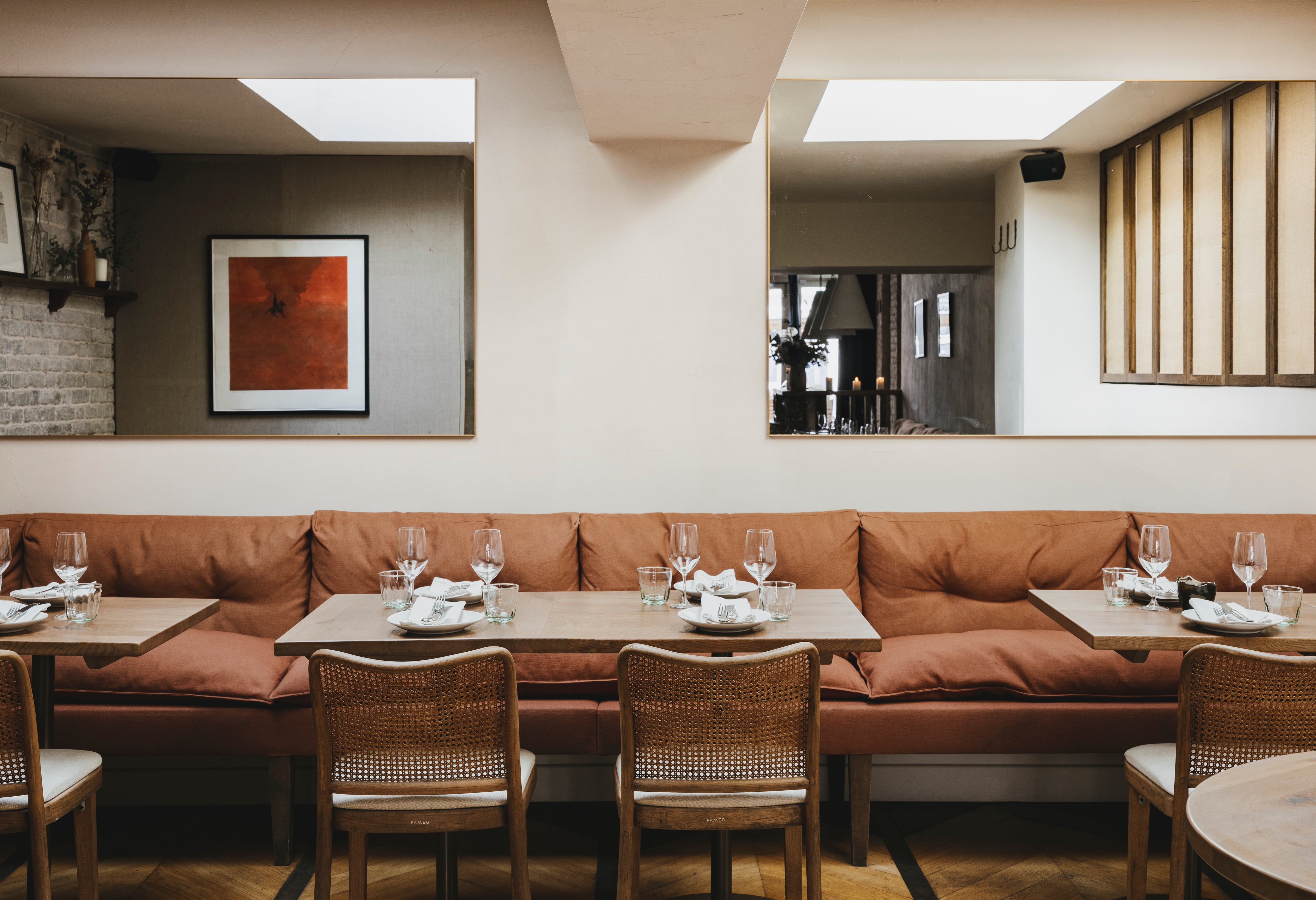
Dove has been open a few weeks now. How is it bedding in?
We’ve been enormously lucky. Orasay had a strong community of loyal diners who were supportive of the closure and came in as soon as we reopened. Of all the launches I’ve done this was, in some ways, the most ambitious as I gave myself just three weeks to develop a menu and three days to execute it in the space. But it was also the most efficient as we had everything in place to make it work. The team and the infrastructure had all been road tested, so we could hit the ground running and invite large amounts of diners in the first days and make all the tweaks and adjustments necessary to ensure the menu is delivering bang for buck. By being crowd-pleasing you’re creating an enormous challenge. If you’re going to do things that are common on lots of other menus, they’ve got to stand out.
How has the spend per head changed?
People do spend less, but the menu is priced more approachably, and diners are also ordering differently. At Orasay, a table of two would order eight or nine small plates and share them in a sort of tasting menu style. They would spend three hours at the table at around £60 a head. At Dove the structure is two courses: an order of snacks and smaller plates to start followed by a large sharing dish for the main. Comparatively that equates to a spend of around £50 per head, with diners staying there for about 90 minutes. So, the spend has gone down, but so has the dwell time, which means we can do more numbers much more fluidly. The drop in spend also makes it more affordable, meaning regulars will come more often than they used to. That’s we’ve been seeing in these initial weeks of trading.
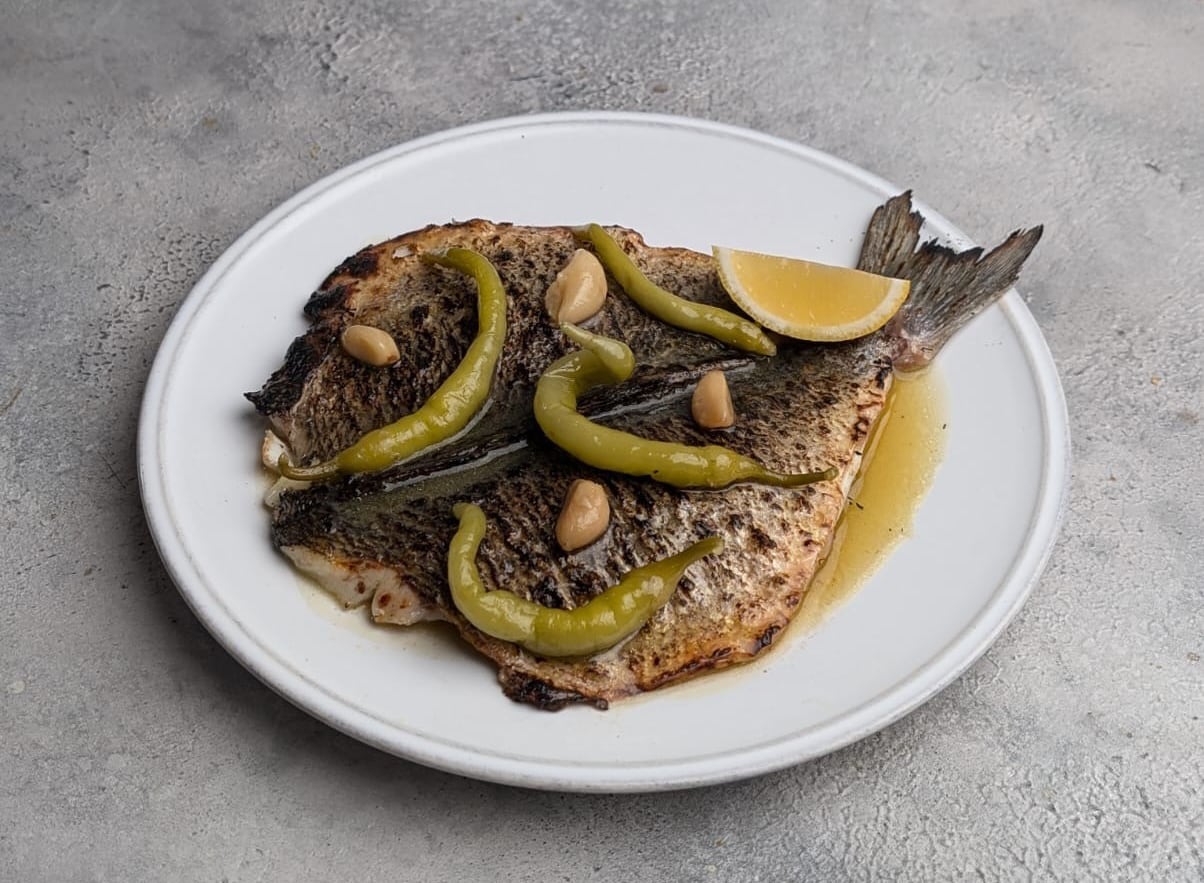
How did your team react to Orasay closing?
I take my responsibility to my team very seriously and in announcing why we were closing I wanted to make it clear that it wasn’t a failure on their part. Nothing was bad about Orasay; we were still busy, we were working just as hard and diners were still spending a lot, but our costs had gone up so much that it was no longer a profitable restaurant. It was necessary to explain it in those terms. I wanted the team to feel enthused by what we were doing next, to be excited and feel like we were seizing the initiative. What was at fault wasn’t the dining public or the industry, but macroeconomic forces beyond our control and the gravest mistake we could have made would be to stick our heads in the sand and wait for something to return that is not coming back. Just because a restaurant was profitable two years ago doesn’t mean it is going to be now - the costs of energy, rent, labour, ingredients have all gone up so much, and people’s ability to spend money has not kept up with that. We need to imagine a new thing that makes sense.
There’s a lot of discussion about the challenges facing the industry. Is this a help or hindrance to the sector?
It’s very important to help educate the public about the true cost of running a restaurant so they can understand why we charge the prices we do. Beyond that, though, I have always stuck to the Jeremy King line that people don’t want to know what’s going on behind the curtain. We do ourselves no favours by complaining about what we’re up against because while people are empathetic, it doesn’t inspire them to come and eat with us. There’s an element of showbiz to it. Whatever is going on behind the scenes you hide, and you project the warmest, most positive and optimistic approach because that’s part of what people are paying for; to forget their own worries and exist in an environment of happiness and positivity. We should be careful about airing too much of our grievances in public because it kills people’s desire to eat in restaurants.


